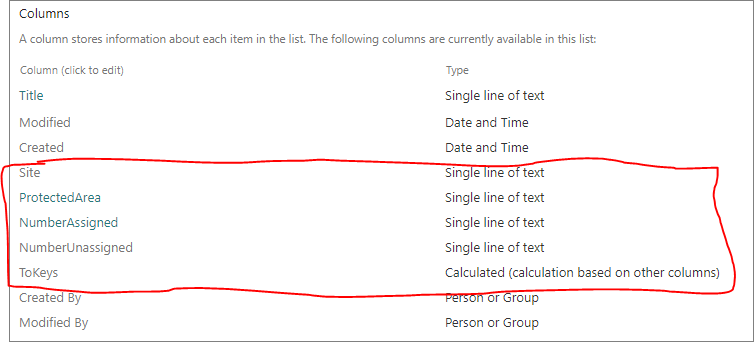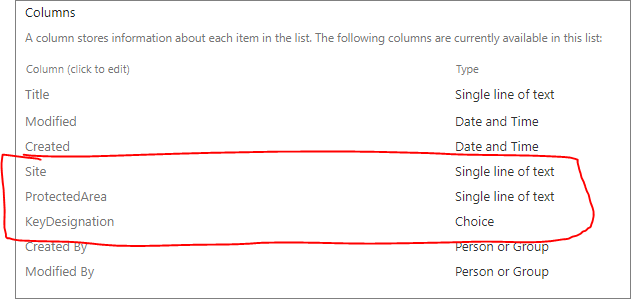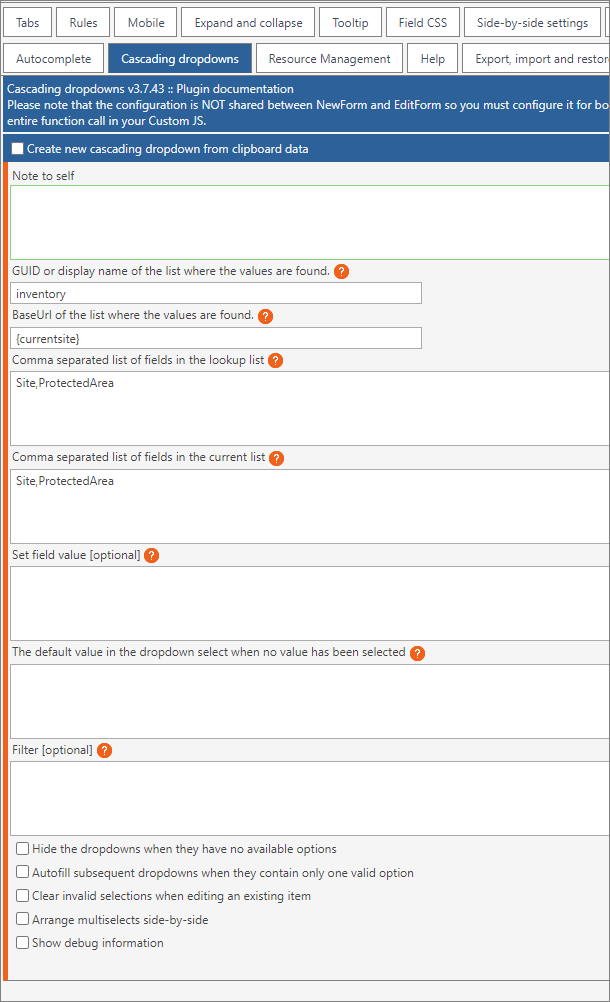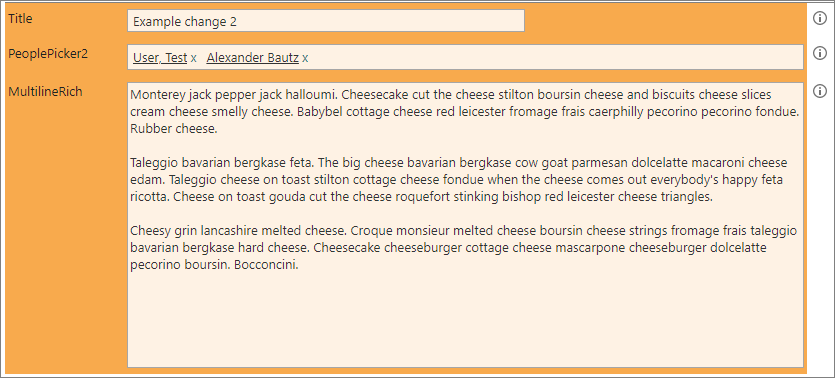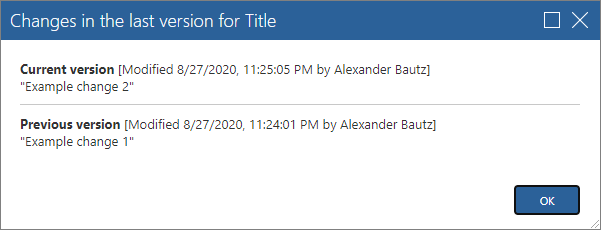I got a request for a solution to break inheritance of permissions on a new list item and assign edit rights to users selected in a people picker.
IMPORTANT INFORMATION:
Unfortunately users must have Manage Permissions rights to be able to use this code. You must assign this right to the users by going to Site settings > Site permissions > Permission levels > Edit permission level > Site permissions > Manage permissions. Do this with caution as it will give general Mange permission rights if you don’t add a custom permission level and assign it to a specific SharePoint user group.
This example requires a list with a multichoice people picker where you select the users to assign edit item permissions – the name of this people picker is in this code is EditRightsPeoplePicker, but you can specify the name in the bottom of the code snippet.
Add the below snippet to the Custom JS textarea of your DFFS Enabled NewForm. When saving the item the default save function will be cancelled and the custom function will create an item, break permission inheritance and assign edit rights to the users selected in the people picker. In addition, the current user will get full control over the list item.
Please note that this is not a complete fully functional solution – it is only a proof of concept and you can use it as a starting point for making your own solution.
// Don't edit this function
function breakroleinheritance(arg) {
var deferred = jQuery.Deferred();
jQuery.ajax({
"url": arg.listBaseUrl + "/_api/web/lists/getbyid('" + arg.listGuid + "')/items(" + arg.itemId + ")/breakroleinheritance(false)",
"type": 'POST',
"headers": {
'X-RequestDigest': jQuery('#__REQUESTDIGEST').val(),
"accept": "application/json;odata=verbose",
"content-type": "application/json;odata=verbose"
},
"success": function(data) {
deferred.resolve(true);
},
"error": function(err) {
console.log(err);
deferred.reject(err);
}
});
return deferred.promise();
}
// Don't edit this function
function doAssignNewRole(arg) {
var deferred = jQuery.Deferred(),
ticker = 1;
jQuery.each(arg.roles, function(i, r) {
jQuery.ajax({
"url": arg.listBaseUrl + "/_api/web/lists/getbyid('" + arg.listGuid + "')/items(" + arg.itemId + ")/roleassignments/addroleassignment(principalid=" + r.principalid + ",roledefid=" + r.roledefid + ")",
"type": 'POST',
"headers": {
'X-RequestDigest': jQuery('#__REQUESTDIGEST').val()
},
"success": function(data) {
if (ticker === arg.roles.length) {
deferred.resolve(true);
} else {
ticker += 1;
}
},
"error": function(err) {
console.log(err);
deferred.reject(err);
}
});
});
return deferred.promise();
}
// Don't edit this function
function setItemLevelSecurity(arg) {
var deferred = jQuery.Deferred();
breakroleinheritance(arg).done(function() {
doAssignNewRole(arg).done(function(success) {
deferred.resolve(arg.itemId);
}).fail(function(err) {
spjs.dffs.alert({
"title": "Add roles error",
"msg": JSON.stringify(err)
});
});
});
return deferred.promise();
}
// Don't edit this function
function init_setItemLevelSecurity(arg) {
var deferred = jQuery.Deferred();
var users = spjs.utility.getFieldValue({
"fin": arg.peoplePicker,
"key": "loginName"
});
var roleArr = [],
userIdArr = [];
jQuery.each(users, function(i, login) {
var userId = spjs.utility.userInfo(login).ID;
roleArr.push({
"principalid": userId,
"roledefid": "1073741830" // 1073741830 = edit
});
userIdArr.push(userId);
});
// Create new item
var newItemData = {};
newItemData.Title = getFieldValue("Title");
newItemData[arg.peoplePicker] = userIdArr.join(";#;#");
var res = spjs.utility.addItem({
"listName": _spPageContextInfo.pageListId,
"data": newItemData
});
arg.roles = roleArr;
if (res.success) {
arg.itemId = res.id;
setItemLevelSecurity(arg).done(function(id) {
deferred.resolve(id);
});
}
return deferred.promise();
}
function dffs_PreSaveAction() {
createNewItemWithItemLevelSecurity();
return false;
}
// Edit this function
function createNewItemWithItemLevelSecurity() {
init_setItemLevelSecurity({
"listBaseUrl": _spPageContextInfo.webServerRelativeUrl,
"listGuid": _spPageContextInfo.pageListId,
"peoplePicker": "EditRightsPeoplePicker"
}).done(function(itemId) {
// Done
location.href = location.href.split("NewForm.aspx")[0] + "EditForm.aspx?ID=" + itemId;
});
}
Please post any questions in the comments below.
Alexander
